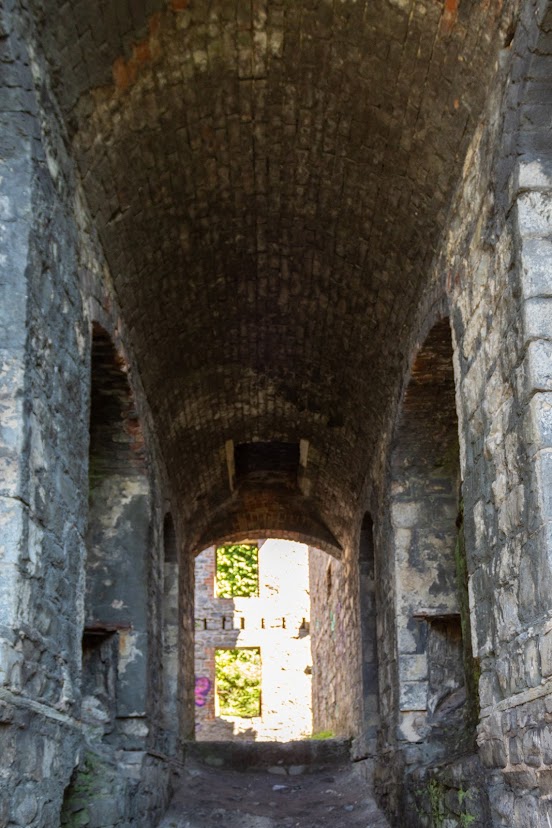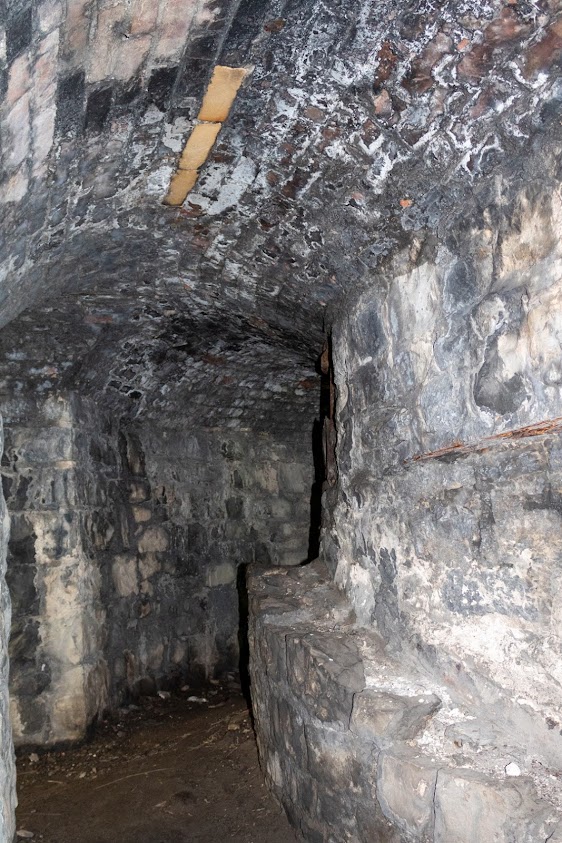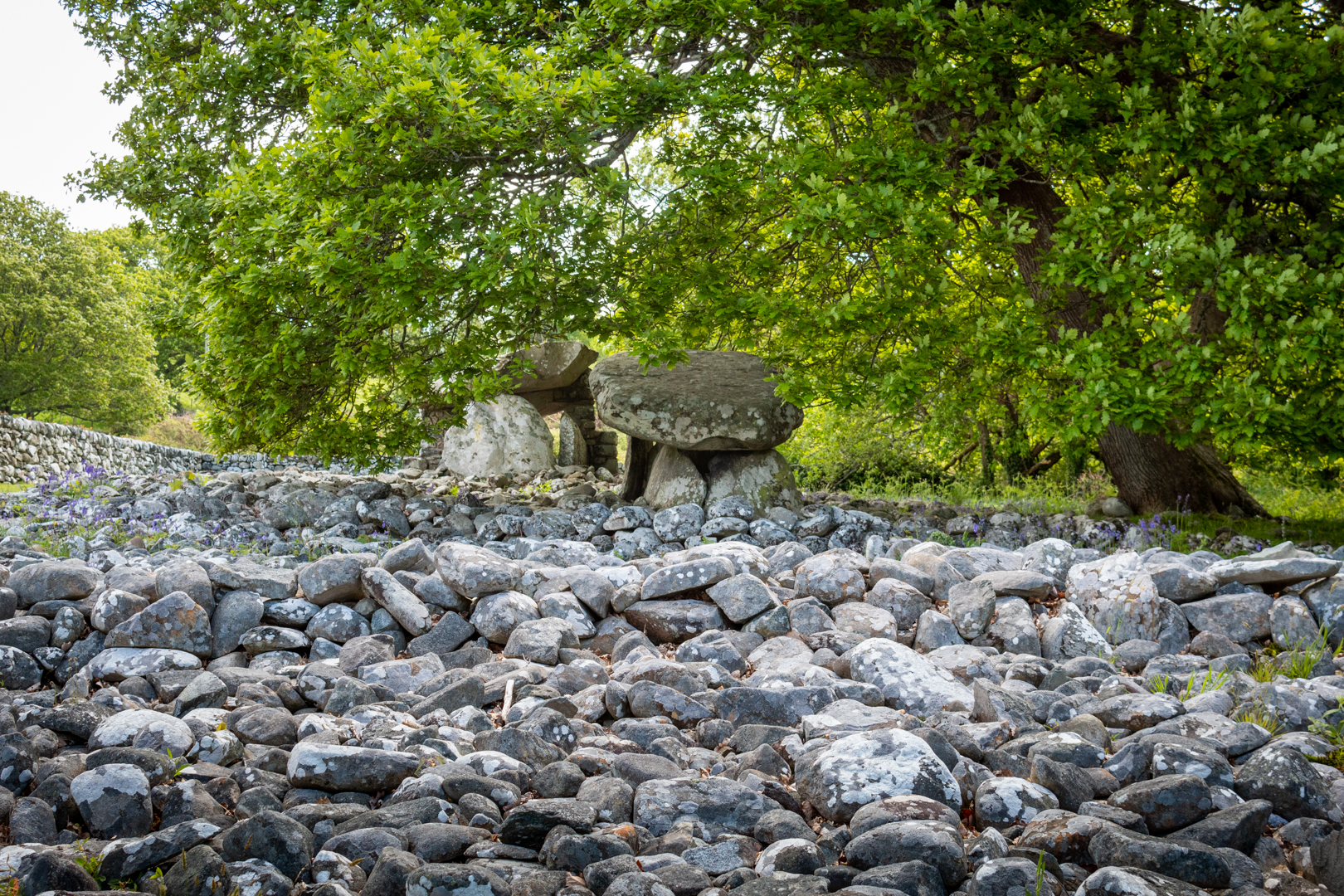On December the 22nd 1888
'The Aberthaw Pebble Limestone Company'
opened the lime works at Aberthaw near the coast of South Wales.
The owner David Owen was also the owner of the
local newspaper 'Western Mail' which still exists today.
Visit Date August 2023
 |
| Aberthaw Limeworks |
The works were primarily built to utilise the huge number of Limestone Pebbles that had previously been taken inland and were readily available.
The lime produced at Aberthaw was well known before the opening of the lime works and subsequent cement works. Experiments in 1756-7 were undertaken by John Smeaton to test the setting qualities of lime in seawater preparatory to designing and building the Eddystone lighthouse. Although Aberthaw lime was not used in the final construction of this lighthouse the fame it got from its inclusion of testing of materials to be used in the construction and its use in the actual construction of other docks, piers, harbours, ports and other lighthouses naturally led to increased demand which could not be fully met until this major new works was built.
 |
| Aberthaw Limeworks |
Aberthaw Lime mixed with Pozzolana and fired produced a remarkably hard lime mortar whose quality of setting under water proved invaluable and may have been the forerunner to Portland Cement.
 |
| Click any image for a larger view |
Aberthaw Lime Works ran until its closure in 1926 and is now a derelict structure.
 |
| Click any image for a larger view |
The local limestone and brick structure is still largely intact however there has been some work done to preserve what is left and the structure is now a grade II listed building.
 |
| Internal image of the building |
What we see today are 2 large vertical pot draw kilns that would have held up to 300 tons each and produced 40 tons of lime per day.
A tramway leading to the top of the kilns serviced the lime and coal for the kilns but this has now disappeared.
These wagons with the material would then have been winched to the kiln top by cables via a winding house which also has disappeared.
The lime would have been withdrawn from the bottom of the kilns again by trams and some of the track still exists and can be seen at the base of the kiln.
 |
| Base of the kiln showing rail tracks |
 |
| One of the main buildings |
The square brick chimney can still be seen and is perhaps the most iconic part seen from a distance, alongside this would have been the engine house sadly this has been demolished.
The interior of the kilns is lined with firebrick and iron doors.
The carefully constructed stone-lined draught tunnels under the kilns can still be seen.
 |
| Interior of kiln |
 |
| Draft tunnel of kiln |
Although this works closed in 1926 cement is still produced in this area about 1km north of the site, at a factory founded in 1914. It receives limestone from an adjoining quarry.
Constructed near the south Wales coast, and despite being surrounded by trees it is still quite a landmark that can be seen from the coast if one walks along the Wales coastal path.
Its location is just east of the now decommissioned Aberthaw power station, whose tall chimney in the distance can still be seen dwarfing the lime works chimney.
Looking out to sea further the cold water inlet from the power station, which looks like something from a Star Wars movie, can be seen just off the coast close by.
Footer:Visit Information: -
Google Reference: -
51.38587662515887, -3.383564003219934
What Three Words reference: -
///faced.denser.booms
OS Details: -
ST 03813 66115 Altitude:38 ft
Google Reference: -
51.38587662515887, -3.383564003219934
What Three Words reference: -
///faced.denser.booms
OS Details: -
ST 03813 66115 Altitude:38 ft
Additional information.
Visiting is very easy but parking close is not.
The best place for this is to park in the Fontygary holiday park car park (51.38526429361768, -3.365962684286137) This park is open to visitors daily throughout the summer. It also has good facilities including a good restaurant and cafe.
From the car park you can walk down to the beach and then head west along the coast until you see the works and then join the coastal path. This would be a reasonably easy 1.6 km. WARNING: This path way is on the beach so watch for the tide times.
Alternatively go north from the car park to the top road of the park and head west. You then leave the park onto a path and then this leads down to the beach, this can by quite a climb however there are quite steep steps down to the beach but if you are mobile you can achieve this. Follow the coastal path then from the beach. This path is only on the beach for a short distance so the tides do not matter. This is slightly shorter at 1.3 km
On both these walks you will leave the beach at (51.385594477460046, -3.3807672028986824) and cross the concrete wall via the gate.











